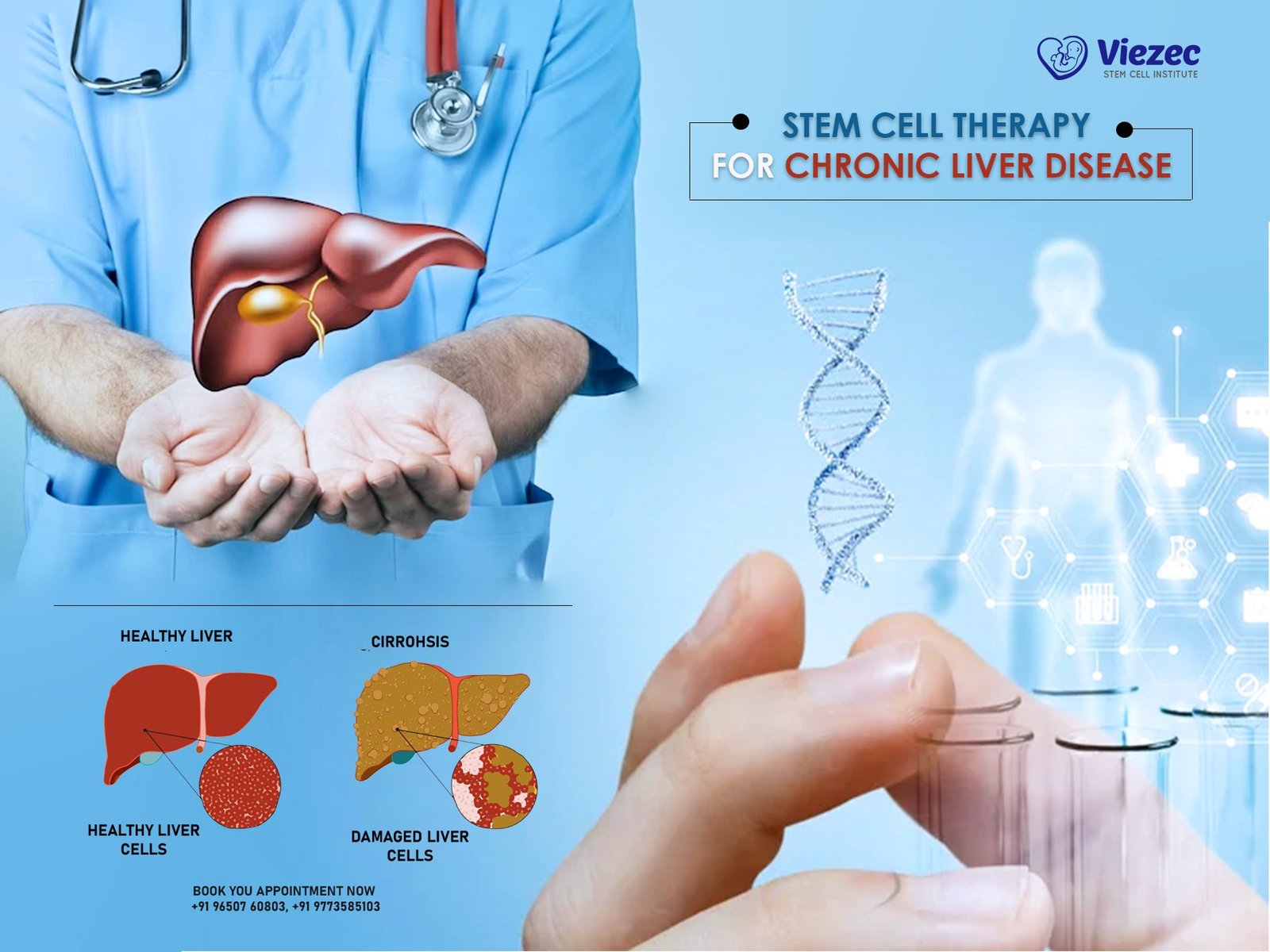Hip replacement surgery has long been a cornerstone in orthopedic medicine for treating severe hip joint conditions such as osteoarthritis and rheumatoid arthritis. This procedure involves replacing the damaged hip joint with an artificial implant to restore function and reduce pain. However, advancements in medical technology have introduced a promising alternative: stem cell therapy. Stem cells, with their unique ability to regenerate and repair damaged tissues, offer new possibilities for treating hip joint issues without the need for extensive surgery.
Overview of Hip Replacement Surgery
Hip replacement surgery, also known as arthroplasty, involves removing the damaged parts of the hip joint and replacing them with prosthetic components made of metal, plastic, or ceramic materials. It is typically recommended for patients with severe joint damage or chronic pain that limits mobility and quality of life.
Evolution of Stem Cell Therapy in Medical Treatments
Stem cell therapy represents a revolutionary approach in regenerative medicine, aiming to harness the body’s natural healing ability. Over the years, research and clinical trials have explored the potential of stem cells to repair and regenerate tissues affected by various diseases and injuries, including those in the musculoskeletal system.
Understanding Stem Cells
Stem cells are undifferentiated cells with the unique ability to develop into specialized cell types in the body. They can renew themselves through cell division, making them valuable for therapeutic purposes.
Types of Stem Cells Used in Therapy
Stem cells used in therapy can be categorized into several types, each with its own characteristics and potential applications in medical treatments.
Embryonic Stem Cells (ESC)
Derived from embryos, embryonic stem cells are pluripotent, meaning they can differentiate into any type of cell in the body. Their ability to proliferate indefinitely in culture makes them valuable for research and therapeutic purposes.
Adult Stem Cells (ASC)
Adult stem cells are found in various tissues throughout the body, such as bone marrow, adipose tissue, and blood. They are multipotent, capable of differentiating into a limited range of cell types related to their tissue of origin.
Induced Pluripotent Stem Cells (iPSC)
Induced pluripotent stem cells are artificially reprogrammed adult cells that regain pluripotency, similar to embryonic stem cells. They offer the potential to create patient-specific therapies without the ethical concerns associated with embryonic stem cells.
Advantages of Stem Cell Therapy Over Traditional Hip Replacement
Stem cell therapy presents several advantages over traditional hip replacement surgery, making it an attractive option for patients and clinicians alike.
Minimally Invasive Procedures
Unlike hip replacement surgery, which requires extensive incisions and the removal of bone and tissue, stem cell therapy can often be performed using minimally invasive techniques. This approach reduces surgical trauma, pain, and recovery time for patients.
Natural Healing Process
Stem cell therapy leverages the body’s natural healing mechanisms to repair damaged tissues and regenerate new cells. By stimulating local tissue repair, it promotes healing without relying on synthetic implants.
Reduced Risk of Rejection
Since stem cells can be derived from the patient’s own tissues (autologous transplantation), there is a significantly lower risk of immune rejection compared to traditional hip replacement surgery, which uses foreign materials.
Current Applications of Stem Cell Therapy in Hip Treatment
The application of stem cell therapy in treating hip joint conditions continues to expand, demonstrating promising results in clinical settings.
Treatment of Osteoarthritis
Osteoarthritis, a degenerative joint disease, is a common indication for stem cell therapy in hips. By injecting stem cells into the affected joint, it aims to reduce inflammation, repair damaged cartilage, and improve joint function.
Cartilage Regeneration
Stem cells have shown potential in regenerating cartilage tissue, which is crucial for maintaining smooth joint movement and cushioning in the hip joint. This approach offers hope for patients experiencing cartilage degeneration.
Bone Defect Repair
In cases where hip joint damage includes bone defects or lesions, stem cell therapy can facilitate bone regeneration and repair. It involves the implantation of stem cells into the damaged area to stimulate new bone growth.
Patient Selection Criteria for Stem Cell Therapy
Not all patients with hip joint issues may be suitable candidates for stem cell therapy. Several factors influence the selection process to ensure optimal outcomes and patient safety.
Ideal Candidates for Stem Cell Hip Treatments
Identifying ideal candidates involves assessing various factors that can impact the effectiveness of stem cell therapy in treating hip conditions.
Age and Health Condition Considerations
Younger patients with overall good health tend to respond better to stem cell therapy due to their robust regenerative capacity and reduced risk of complications.
Severity of Hip Joint Damage
The extent of hip joint damage, including the presence of arthritis, cartilage loss, and bone defects, plays a critical role in determining candidacy for stem cell therapy.
Procedure and Techniques in Stem Cell Hip Therapy
The success of stem cell therapy in treating hip joint conditions depends on precise techniques for harvesting, isolating, and delivering stem cells to the targeted area.
Harvesting and Isolation of Stem Cells
Stem cells can be harvested from various sources, such as bone marrow or adipose tissue, through minimally invasive procedures. Once harvested, they are isolated and prepared for therapeutic use.
Delivery Methods to Target Hip Joint
The method of delivering stem cells to the hip joint is crucial for ensuring optimal localization and effectiveness in promoting tissue repair.
Direct Injection
Direct injection involves injecting stem cells directly into the hip joint under ultrasound or fluoroscopic guidance. This targeted approach aims to deliver a concentrated dose of stem cells to the affected area.
Scaffold-Based Implantation
Scaffold-based implantation techniques involve combining stem cells with biocompatible scaffolds that mimic the natural environment of the hip joint. This approach supports cell adhesion, proliferation, and tissue regeneration.
Clinical Efficacy and Success Rates
Clinical studies and research trials have provided valuable insights into the efficacy and long-term outcomes of stem cell therapy for hip joint conditions.
Case Studies and Research Findings
Numerous case studies and clinical trials have documented the positive effects of stem cell therapy in reducing pain, improving joint function, and enhancing quality of life for patients with hip osteoarthritis and other conditions.
Long-term Follow-up Data
Long-term follow-up studies are essential for evaluating the durability and safety of stem cell therapies in hip treatments. They provide insights into the sustained benefits and potential complications over extended periods.
Comparative Analysis: Stem Cell Therapy vs. Traditional Hip Replacement Surgery
Comparing stem cell therapy with traditional hip replacement surgery highlights distinct differences in outcomes, recovery, and patient satisfaction.
Recovery Time and Rehabilitation
Traditional hip replacement surgery typically requires weeks to months of recovery, including physical therapy and rehabilitation to regain mobility and strength. In contrast, stem cell therapy often involves shorter recovery periods and less intensive rehabilitation.
Cost-effectiveness Analysis
Cost considerations play a significant role in treatment decisions. While initial costs for stem cell therapy may be comparable to or higher than hip replacement surgery, long-term savings may result from reduced hospital stays, rehabilitation, and potential complications.
Patient Satisfaction and Quality of Life
Patient-reported outcomes consistently indicate high satisfaction rates with stem cell therapy due to its minimally invasive nature, natural healing process, and potential for improved long-term joint function and pain relief.
Informed Consent and Expectations
Patients considering stem cell therapy for hip joint conditions should be well-informed about the procedure, potential risks, and expected outcomes.
Lifestyle Modifications and Post-Treatment Care
Following stem cell therapy, patients are often advised to make lifestyle modifications, including regular exercise, weight management, and joint protection strategies, to optimize treatment outcomes and long-term joint health.
Impact of Stem Cell Therapy on Hip Replacement Alternatives
Stem cell therapy represents a transformative approach in orthopedic medicine, offering a viable alternative to traditional hip replacement surgery for eligible patients. With ongoing advancements in research and clinical applications, its potential to enhance outcomes, reduce recovery times, and improve quality of life continues to expand.
FAQs
1. Is stem cell therapy FDA-approved for hip joint treatments?
Stem cell therapy for hip joint treatments is currently under investigation in clinical trials and is not yet FDA-approved as a standard treatment. However, research and preliminary findings show promising results in certain patient populations.
2. What are the potential risks associated with stem cell therapy for hips?
Potential risks include infection at the injection site, allergic reactions, and ineffective treatment outcomes in some cases. Patients should discuss these risks with their healthcare provider before proceeding with therapy.
3. How long does it take to see results from stem cell therapy for hip osteoarthritis?
Results may vary, but many patients report improvements in pain and function within a few weeks to months after treatment. Long-term benefits are typically assessed through ongoing follow-up and monitoring.
4. Who is not eligible for stem cell therapy for hips?
Patients with severe hip joint deformities, active infections, or certain medical conditions that affect blood clotting may not be suitable candidates for stem cell therapy. A thorough evaluation by a healthcare provider is essential.
For more information on stem cell therapy for hip treatments and to explore if you are a candidate, visit our website or consult with a qualified healthcare provider specializing in regenerative medicine.









